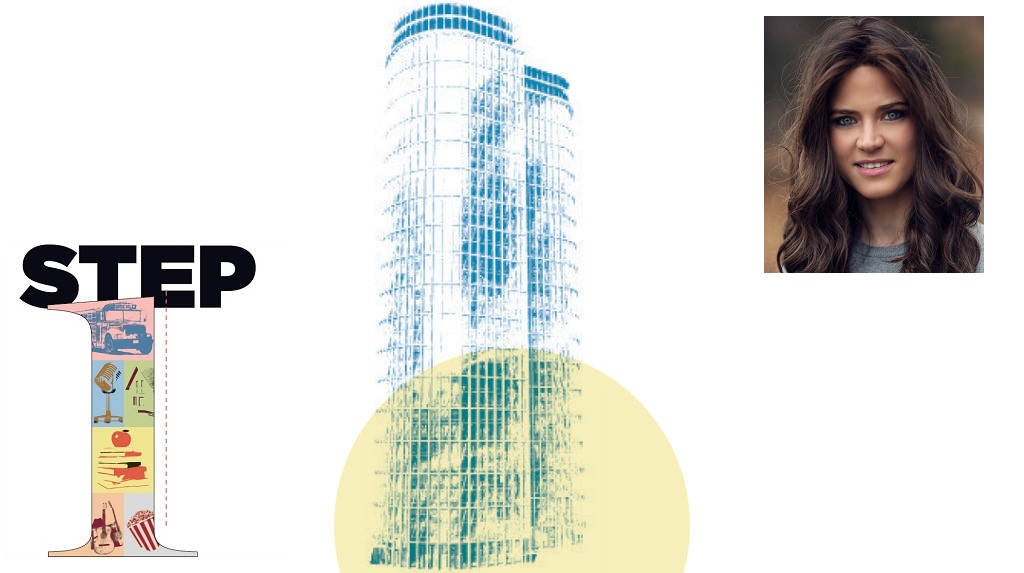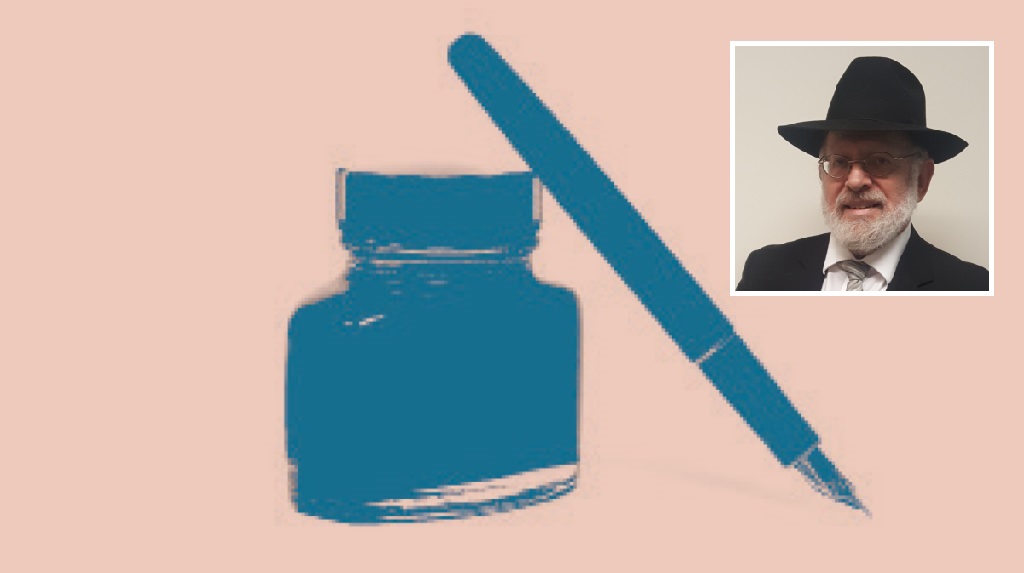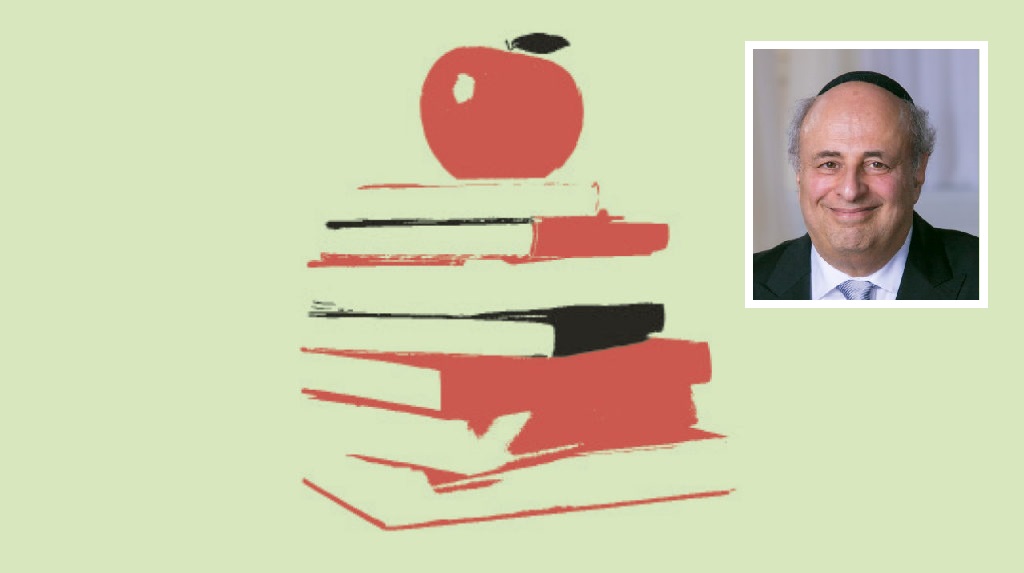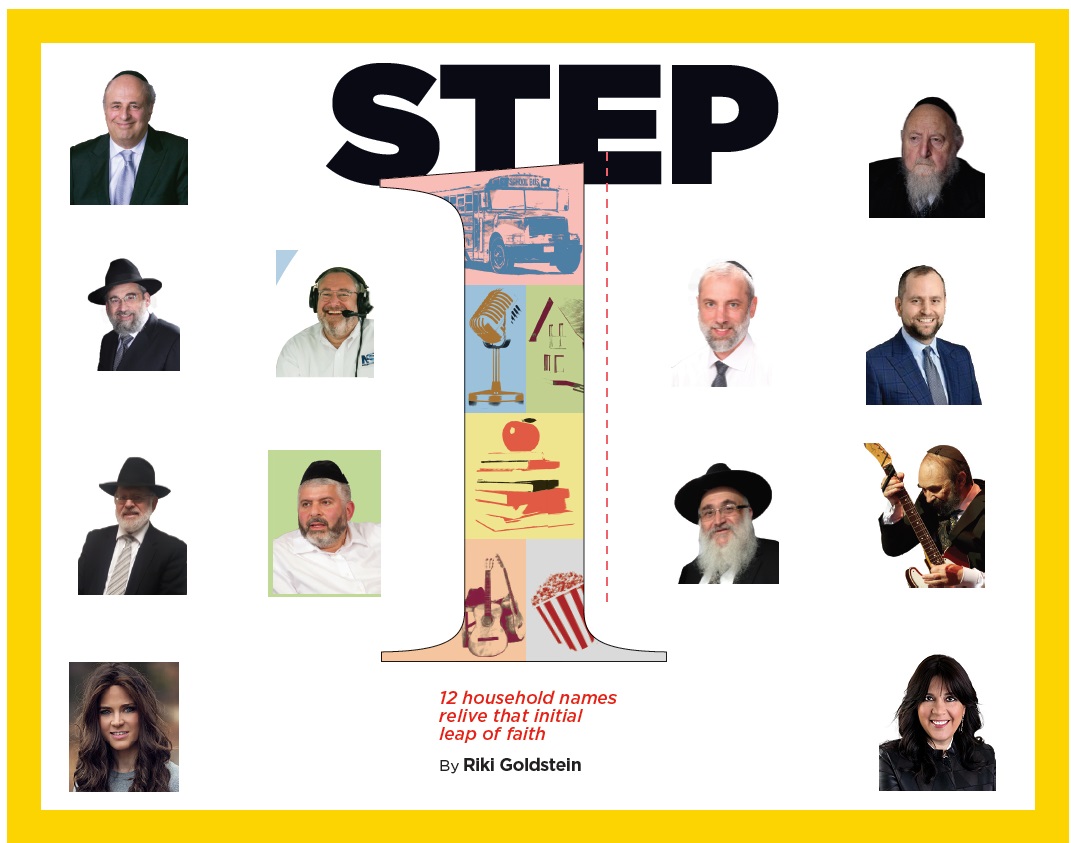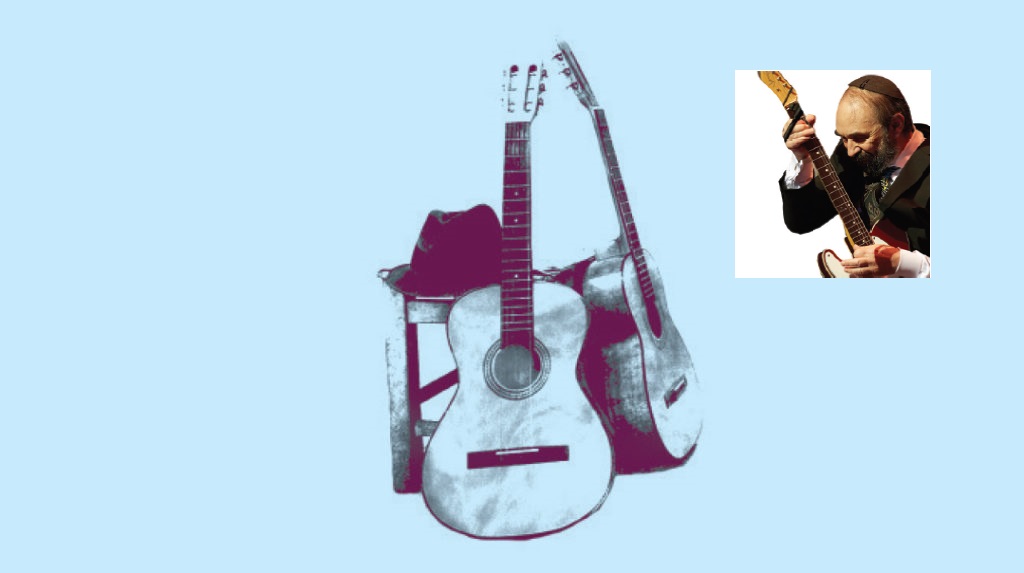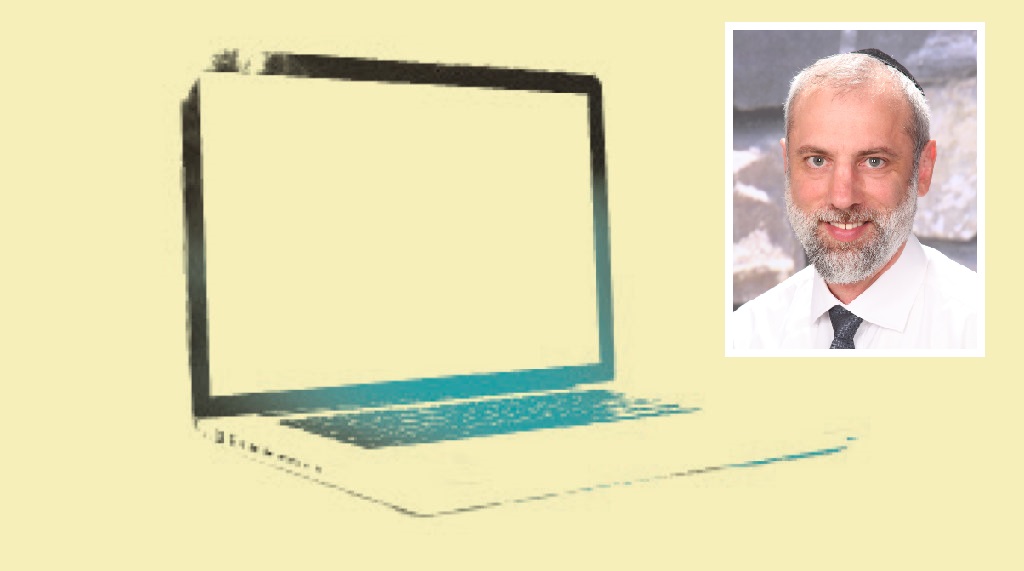Conventional Wisdom
| September 29, 2020Today they’re household names, but it started with a leap of faith: "One by one, the shluchim rose and introduced themselves by name and location. This eventually evolved into the eagerly anticipated roll call at the banquet"
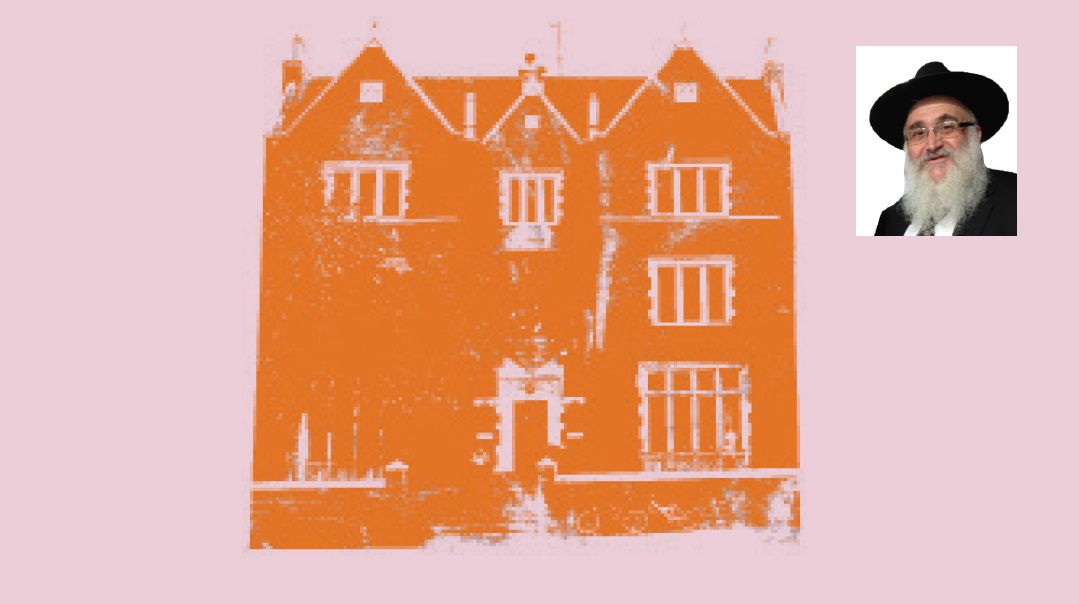
The idea came from a group of shluchim in the summer of 1983. What about getting the emissaries together for a kinnus? Rabbi Yehuda Krinsky, the Lubavitcher Rebbe’s secretary, wrote the Rebbe a note asking about the group’s idea, and the Rebbe was positive about it, referring Rabbi Krinsky to the Merkos committee to discuss it with them.
I was in between jobs at that time, having just returned from a three-year shlichus in Cleveland, and as I’m an administrator type, I was approached by this group to help them put some kind of gathering together.
Today, we all know what the annual convention looks like, but back then, we had no idea how it would come off. We had to decide when, where, and how.
Back in 1983, the only time we were sure that the Rebbe would farbreng on a Shabbos was Shabbos Mevarechim, and we wanted the gathering to be centered around the Rebbe’s farbrengen. So we agreed on Shabbos Mevarechim Kislev (Shabbos Bereishis, Shabbos Mevarechim Cheshvan, was too close to Yom Tov for people to travel).
Now that we’d agreed on a date, the next question was where. Some of the board members felt that besides Shabbos with the Rebbe, the kinnus should be out of New York. They felt that because the shluchim live in far-flung places, when they come to New York, they’re busy shopping, making orders and getting things packed up and shipped, which would be a distraction from the focus on the kinnus. But there was indication from the Rebbe that he wanted the entire event held in Crown Heights, so we stayed there, holding our convention in an office building next to 770.
Rabbi Krinsky, who acted as the go-between to get the Rebbe’s blessing at every stage, was initially the kinnus chairman. Rabbi Moshe Kotlarsky came on board in the middle of the first year, and then took on a leading role.
Sixty-seven participants took part in the first kinnus. It was not international; only shluchim in North America, and only the head shluchim of each state, or heads of organizations, were invited to attend. Separately, Neshei Chabad hosted a Melaveh Malkah for the ladies who came to New York along with their husbands, a tradition which continued for a few years until the women had their own convention, beginning in 1990.
At the end of that first kinnus, it was decided that the shluchim would write a “pan” (pidyon nefesh) to the Rebbe. I suggested that the pan be signed downstairs in 770 on the Rebbe’s platform, where he fabrenged. So we all went downstairs and placed the pan on the table near where the Rebbe would sit during the fabrengen. The shluchim lined up and each one signed the pan.
At that time there was a bochur taking pictures of the shluchim. He suggested that while all the shluchim were in 770, we should take a group picture. We stood on the bleachers, against the eastern wall of 770, brought the sign down from the fourth floor where the sessions had been held, along with the Rebbe’s picture, and the first picture of the Kinnus Hashluchim was snapped. As there were no designated places, Rabbi Krinsky can be seen standing on the top row (fourth left), Rabbi Kotlarsky on the top row (fourth right), and myself on the bottom row, first left.
During one of the sessions, an elder shaliach, Rav Sholom Posner a”h from Pittsburgh, remarked that because the number of shluchim had grown so large over the years (what would he say today?), most of the faces in the room were unfamiliar to him.
“My name is Sholom Posner from Pittsburgh, Pennsylvania,” he said. One by one, the shluchim rose and introduced themselves by name and location. This became a yearly ritual and eventually it evolved into the eagerly anticipated roll call that takes place every year during the banquet.
For the first four years, the kinnus expanded slowly. Then the Rebbe indicated that it should be expanded into an international conference, and suddenly there were 1,000 shluchim. Originally, the invitation went out from the Rebbe; we were just the local hosting committee. Even today, the kinnus operates by invitation only, as we know who every shaliach is.
Rabbi Lipa Brennan is a Lubavitcher chassid and organizer of the International Kinnus Hashluchim. He’s also the administrator of the Novominsker institutions.
(Originally featured in Mishpacha, Issue 830)
Oops! We could not locate your form.







